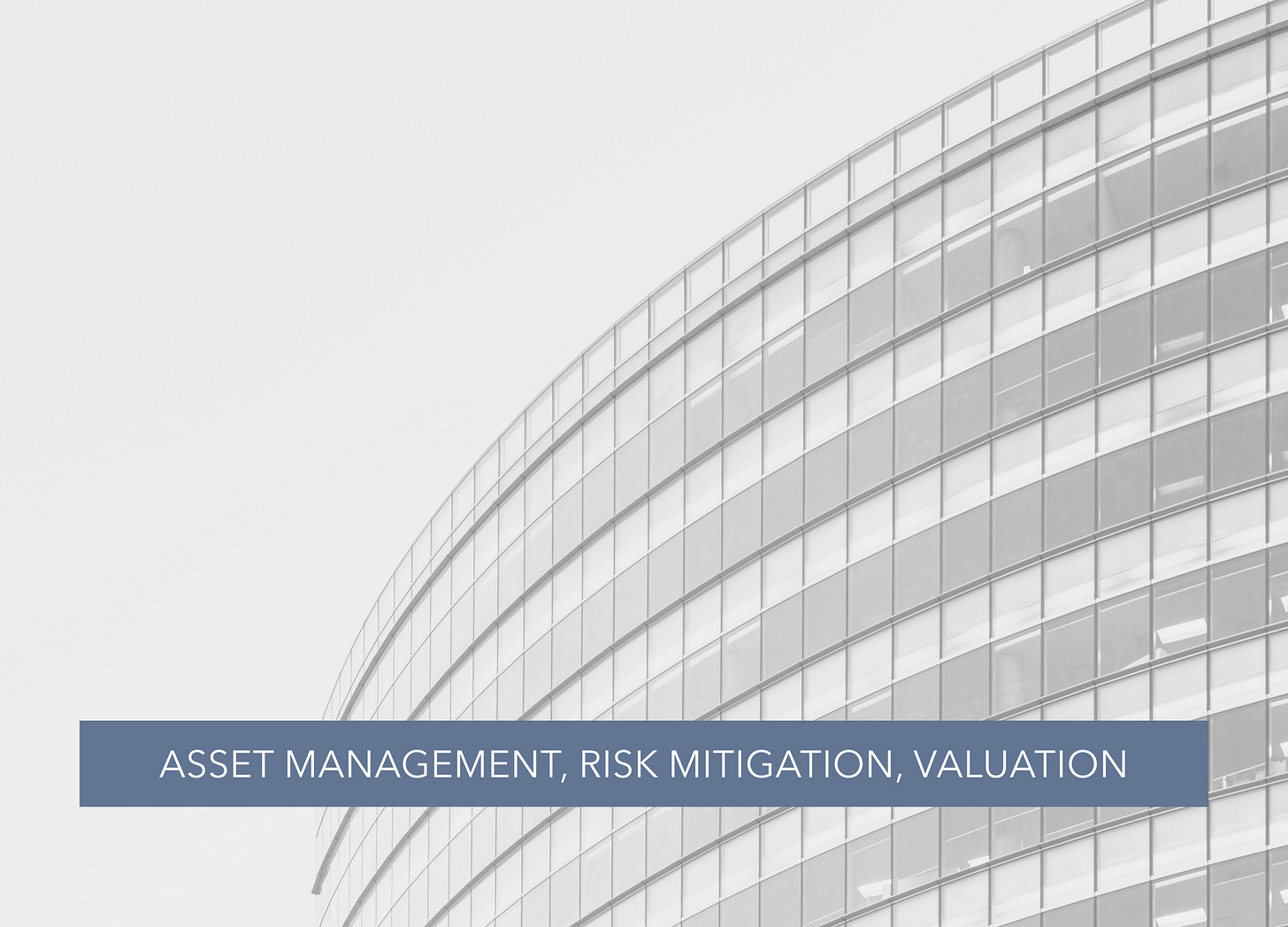ESG in Real Estate Valuation 2.0
PWC (2024) | Asset Management, Risk Mitigation, Valuation
Full access to the post is available to paying subscribers only.
Sustainability has become a pivotal factor in real estate valuation, driven by regulatory frameworks, capital market pressures, and ESG integration. Certified green buildings, such as those with BREEAM or NABERS ratings, consistently show rental and value premiums—up to 18%—highlighting the…
Keep reading with a 7-day free trial
Subscribe to SAM Curated to keep reading this post and get 7 days of free access to the full post archives.



